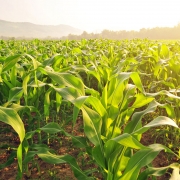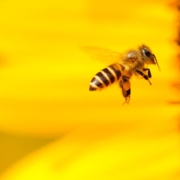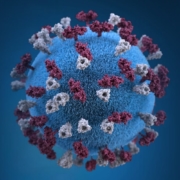EPA Responds to Treated Seed Petition
This original announcement was published by the EPA on September 28, 2022. Click here for more information.
Today, the U.S. Environmental Protection Agency (EPA) is issuing a response to a petition filed by the Center for Food Safety (CFS) with and on behalf of beekeeper, farmer, and public interest groups. The petitioners asked the Agency to interpret or amend the treated article exemption at 40 C.F.R. §152.25(a) so that it does not cover seeds treated with systemic pesticides, and to aggressively enforce registration and labeling requirements for such treated seed.
The petition filed in April 2017 by CFS claims that EPA did not adequately assess the risks from use of seed treatment pesticides that have systemic properties and use of the seed treated by such pesticides. The petition also claims that the treated article exemption may not cover treated seed without an adequate assessment of the risks.
Pesticides, such as fungicides, insecticides and nematicides, are applied to seeds prior to planting to protect them from diseases, insects, or other pests. EPA explains in its response that it does fully assess, as part of its review of the pesticide registered for treating seed, both the use of the treating pesticide and the treated seed and impacts to human health and the environment. These assessments take into account the fate and effect of the pesticide, including the uptake and distribution into the developing seedling and plant and the availability of the pesticide on the treated seed to all taxa. In addition, EPA explains that the treated article exemption regulatory text appropriately covers any seed treated if it meets the two regulatory conditions. The first condition is that the treating pesticide be a FIFRA section 3 pesticide product that is registered for use as a seed treatment for the specific seed crop and the treating pesticide and treated seed are distributed, sold, and used consistent with the registered product labeling. The second condition requires that any claims made are for the protection of the seed and what the seed becomes.
As a result, EPA does not agree with the petition claims as to the treated article exemption and thus is not granting the petition requests to either interpret or amend the regulatory text for the exemption to categorically exclude seed treated with systemic pesticides from the exemption. However, EPA agrees with the petitioners’ concerns on clearly communicating the labeling instructions to the users of the treating pesticide and the treated seed. The Agency has been reviewing labeling instructions for pesticides registered for seed treatment use(s) in registration and registration review to ensure there are complete and appropriate instructions for the distribution, sale, and use of both the treating pesticide and the treated seed.
In addition, EPA intends to issue an advanced notice of proposed rulemaking (ANPRM) to seek additional information on whether or to what extent pesticide-treated seed is being distributed, sold, or used in a manner inconsistent with treating pesticide labeling. EPA will consider actions appropriate to the circumstances, which might include enforcement where there is a FIFRA violation or administrative action on the treating pesticide registration, e.g., to clarify labeling or reduce use of the treating pesticide. Finally, as part of the ANPRM, EPA will also explore the option of issuing a rule pursuant to FIFRA section 3(a) to regulate pesticide-treated seed to ensure distribution, sale and use of the treated seed is consistent with treating pesticide and treated seed labeling.
To read EPA’s full response to the petition visit EPA-HQ-OPP-2018-0805 at www.regulations.gov.







